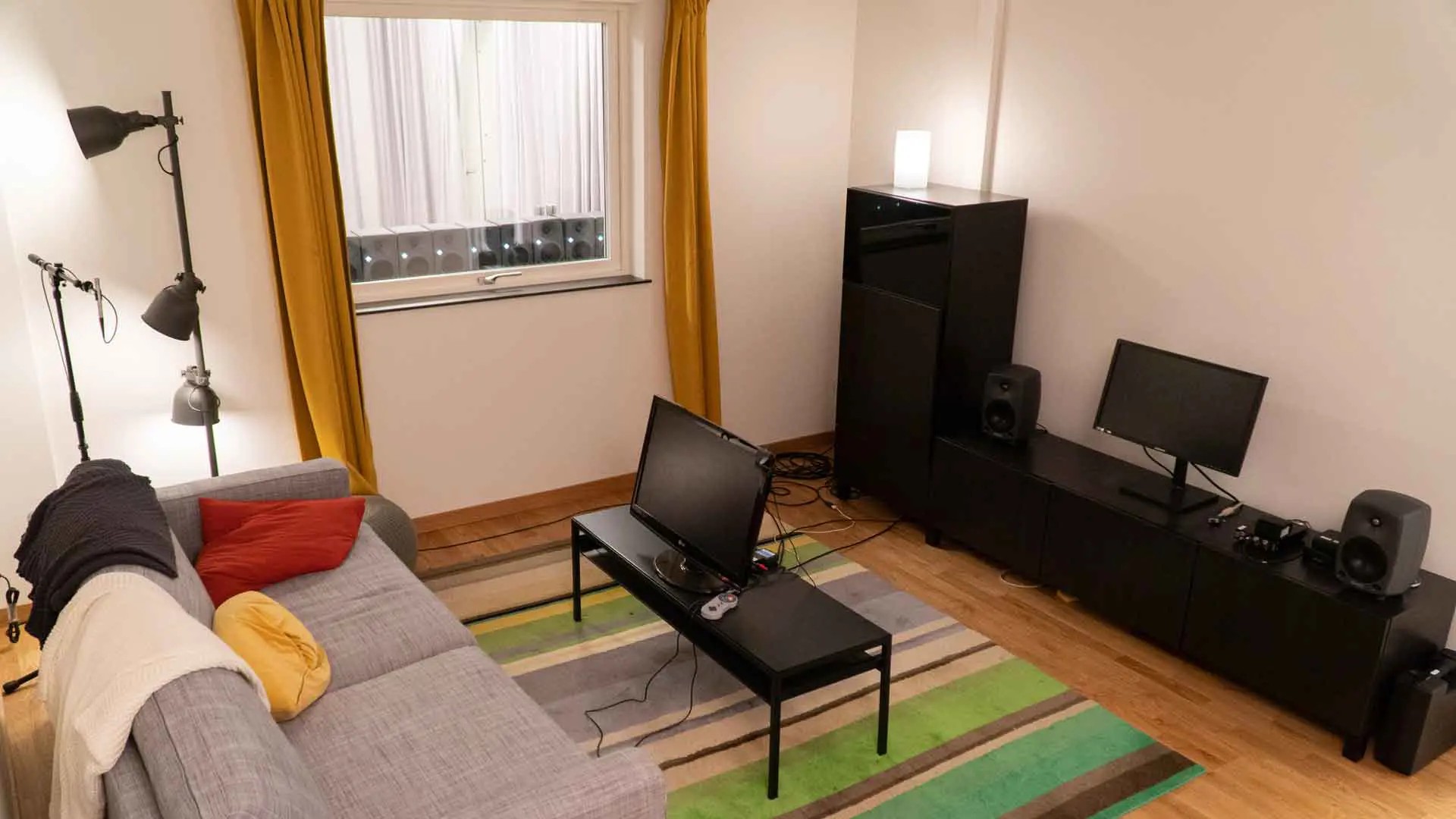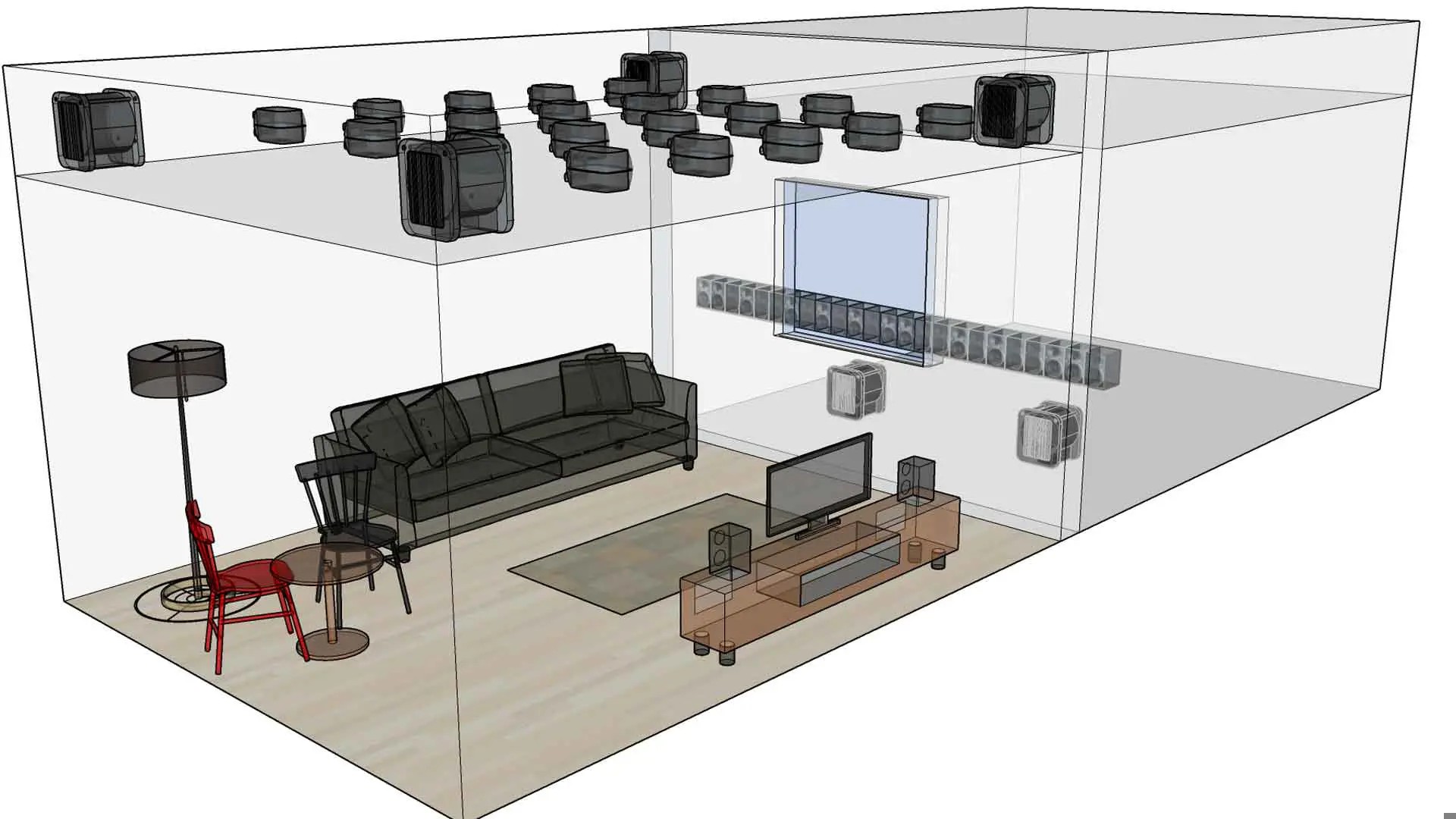


As Swedish cities are densified at a fast pace, there is now construction very close to roads and thoroughfares – land that was considered unthinkable for development just a decade ago. It is already known that noise can have a negative impact on human health, but new research from Chalmers University of Technology shows that as little as 40 decibels of traffic noise – the typical level of background noise in an office environment or kitchen – has a detrimental effect on cognitive performance.
Researchers at Chalmers’ Division of Applied Acoustics have conducted a laboratory study in which test subjects took concentration tests while being exposed to background traffic noise. The subjects were asked to look at a computer screen and react to certain letters, then to assess their perceived workload afterwards. The study shows that the subjects had significantly poorer results on the performance test, and also felt that the task was more difficult to carry out, with traffic noise in the background.
– What is unique about our study is that we were able to demonstrate a decline in performance at noise levels as low as 40 dB, which corresponds to the regular noise level in an office environment or a kitchen,” says Leon Müller, doctoral student at the Division of Applied Acoustics in the Department of Architecture and Civil Engineering.
The background noise consisted of two audio sequences simulating trucks passing by at a distance of ten and fifty metres. Both sequences were normalized to the same total indoor level of 40 dB.
– The audio sequence simulating the closer passages, where the sound changes significantly as the vehicle passes by, was usually the one that bothered the test subjects the most,” Müller says. “This could be because traffic that is further away is perceived as a more constant drone.”
Housing is built closer to roads now
The new results emphasise an already problematic situation of negative impact on health and job performance due to traffic noise. In recent years, the distance between roads and newly built housing in Swedish cities has been allowed to shrink – a trend that can also be seen internationally.
Put somewhat simplistically, the Swedish regulations for where construction is permitted are based on the average outdoor noise level over a 24-hour period – meaning that they do not take individual pass-bys into account. In addition, current regulations do not cover the peaks of low-frequency noise indoors, which is difficult to avoid and is, according to research, more disruptive and therefore more impacting on human health.
In one study modelling low-frequency noise, Jens Forssén, professor of applied acoustics at Chalmers, showed that such noise is primarily generated by heavy traffic at low speeds, and is difficult to shut out even with well-insulated windows and buildings that comply with all the construction norms and guidelines for sound insulation.
Reduced vehicle speed can increase the noise exposure indoors
– The calculations for different types of facades show that it is difficult to achieve ideal indoor sound environments near heavily trafficked roads, Forssén says. Reducing speeds is not a solution, as our calculations show that the indoor noise exposure can even increase at lower speeds.
Further, Forssén says that noise and the sound environment are a factor that is often considered too late in the planning process, and that there are advantages that could be achieved if adjustments were made in order to better utilise the space in terms of noise pollution.
The researchers also agree that the most effective solution would be to avoid urban densification in areas where traffic noise would have too great an impact on health and wellbeing.
More about the research
The laboratory environment at Chalmers where the research was conducted looks like a living room with furniture and textiles, but behind the ceiling panels and windows is an advanced speaker system that allows the researchers to simulate various sounds, such as road traffic noise.
In the tests, the subjects were asked to conduct a continuous performance test (CPT) during each sound sequence. They watched a computer monitor where individual letters were displayed in sequences and were instructed to press a button for all letters except X. Additionally, the subjects filled in a form called the NASA task load index (NASA TLX), a tool for measuring a person’s subjective assessment of their workload when completing a task. The subjects rated their perceived workload based on six dimensions: perceived mental workload, physical workload, time pressure, effort, performance and degree of frustration.
Scientific papers
A model study of low-frequency noise exposure indoors due to road traffic
The research project "A Virtual Acoustic Urban Space to Ensure Health and Safety" was funded by Formas.
- Doctoral Student, Applied Acoustics, Architecture and Civil Engineering
- Full Professor, Applied Acoustics, Architecture and Civil Engineering
- Professor, Applied Acoustics, Architecture and Civil Engineering


